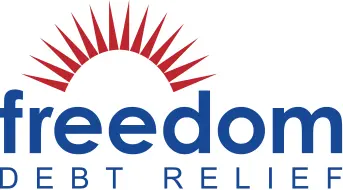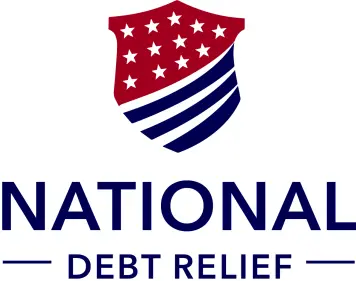Debt relief could be a good idea, but it’s also risky. There’s no guarantee that your creditors will be willing to negotiate. Plus, your credit will take a hit and your debt will continue to accrue interest while you’re working the program.
On the flip side, you could pay less than what you owe if the debt relief company negotiates successfully. When comparing debt relief companies, always ask how much people save on average after fees.
A company might advertise a 50% average savings, but your true savings may actually be closer to 15% or 20% once you have paid your account settlement fees. That’s still better than nothing, but you need to decide if the risk and credit score impact is worth it.
Debt Relief Through Settlement: What To Know
Under the right circumstances, debt settlement could significantly reduce how much you owe
What is debt relief?
Debt relief can mean a few things, like combining all your debts into one (debt consolidation) or going through credit counseling. In this context, debt relief refers to debt settlement. For a fee, a debt settlement company tries to get your creditors to accept less than what you owe. If the creditors agree, it can reduce or eliminate what you must pay — relieving you of your debt.
Debt settlement works like this:
- A debt relief company helps you decide what unsecured debt (like credit cards, personal loans and medical bills) you want to try to settle.
- You enroll in the program and will usually stop paying your creditors. Instead, you will give that money to the debt relief company.
- The debt relief company puts the money in a separate account, which you will have full control over. You may have to pay a monthly account maintenance fee.
- Once the account is big enough, the debt relief company will use it to negotiate with your creditors.
- If a settlement agreement is reached, you will pay less than the amount you owe. At this point, the debt relief company will charge a fee — typically 15% to 25% of the debt you enrolled.
Disclaimer: Credit outcomes vary by individual. Responsible use may help, but results aren’t guaranteed. LendingTree does not promise credit score improvement or credit approval for any product.
On this page
Check for accreditation
Before going with a debt relief company, see if it is accredited by the Association for Consumer Debt Relief (ACDR). To become accredited, companies need to demonstrate that they follow state and federal debt relief laws, uphold the ACDR code of ethics, have fair and transparent pricing and commit to continuing education.
Accredited Debt Relief
What to know
Founded in 2011, Accredited Debt Relief claims that its clients pay about 55% of their enrolled debt, not including fees. It also offers debt consolidation loans through partner lenders.
Freedom Debt Relief
$7,500
15.00% - 20.00% of enrolled debt
24 to 48 months
$9.95 to set up, $9.95 per month after that
No Freedom Debt Relief does not appear to be ACDR-certified, but it was accredited through the American Association for Debt Resolution (AADR). The AADR was absorbed by the ACDR in May of 2025.
What to know
Clients who work with Freedom Debt Relief make an average monthly program deposit of $427. Freedom Debt Relief says that 60% of its clients get their first debt settled within three months. Enrollment includes access to its Legal Partner Network (in case you get sued by debt collectors) to eligible clients, at no additional cost.
J.G. Wentworth
What to know
J.G. Wentworth settles an average of six debts for its clients, claiming an average savings of 43% before fees. It also offers optional legal insurance in case of a debt lawsuit (for an additional, undisclosed monthly fee).
Pacific Debt
What to know
Pacific Debt has been in business since 2002. Since then, it claims to have settled over $500 million in debt for its clients. After Pacific Debt charges its fees, clients pay 65% to 85% of their eligible debt (and 50% before fees).
National Debt Relief
What to know
National Debt Relief was founded in 2009 and, since then, the company has served more than 550,000 people. National Debt Relief says that clients who complete its program save about 25% on average after fees (or 46% before).
Frequently asked questions
Yes, debt relief will almost certainly hurt your credit score.
Debt relief requires you to stop paying your creditors and instead give that money to the debt relief company. This is the money the company will use to try to negotiate with your creditors. That means lots of missed payments, maybe over several years (or as long as it takes you to complete your program).
Settled debt also shows on your credit report for seven years (usually starting from the date you missed your first payment). Your credit score and credit report aren’t the same thing, but lenders also use it to determine if you qualify for a loan and, if so, at what rate.
Yes, you can quit a debt relief program at any time. That does mean you may have damaged your credit score by missing payments for no reason.
You have full control over the account the debt relief company sets up for you, and legally, debt relief companies can’t charge a fee until a debt has been settled. You will be on the hook for any account maintenance and/or legal insurance fees you paid up until you quit.
If you quit, use the money the debt relief company saved to pay off whatever debt you can. Try to negotiate on your own, ask about financial hardship options or, if you need to, consider bankruptcy.





